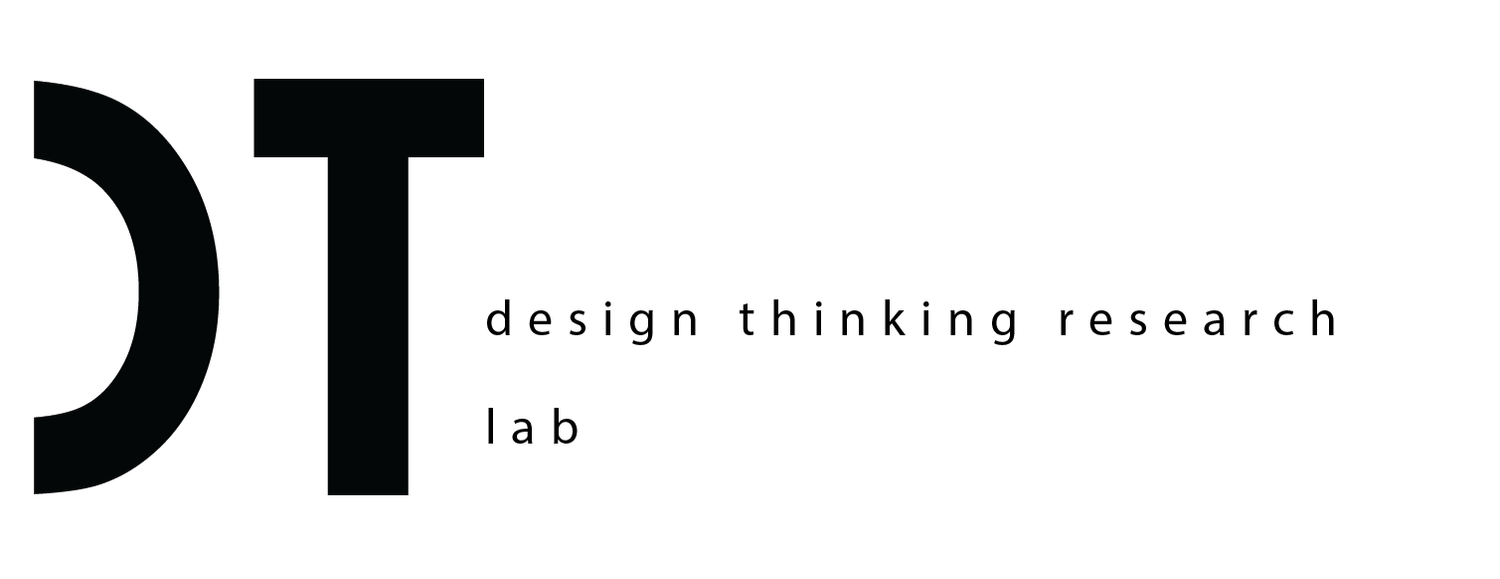Metaphoric design
I come across this in an otherwise unremarkable washroom on a coastal road I often cycle near Haeundae, Busan, Korea….
Theory on design metaphor indicates two broad constructs: a target and a source (see Nazli Cila's text on the subject from TU Delft). Broardly speaking, the source (stone) and target (wash basin) must in some way (use, function, form aesthetic), relate in order to provide grounds for successful metaphoric design. This then is no easy task.
Layered on top of this, in the case of the example above, is the material experience. Here I use material and experience to describe an emotional response to materials. Again Elvin Karana as written extensively on interactions between materials and the user-product experience. In this sense we may consider the meaning of the stone material.
In both cases (the source of a hollowed rock) and the material used (stone) does not have strong enough relation to the target (wash basin).
Aesthetically and functionally, when was the last time anyone hollowed a rock to hold water? That is, the source has very little to do with the target in terms function. A large shell perhaps, or shell-like form?
In contrast the MUJI CD player by Naoto Fukasawa. although Fukasawa appears unsure as to why his design became an icon, the relation between (source: wall-mounted fan) and target (CD player) runs through the design, from form, to function to user-interaction. In this sense the Muji fan succeeds where the sink fails.


